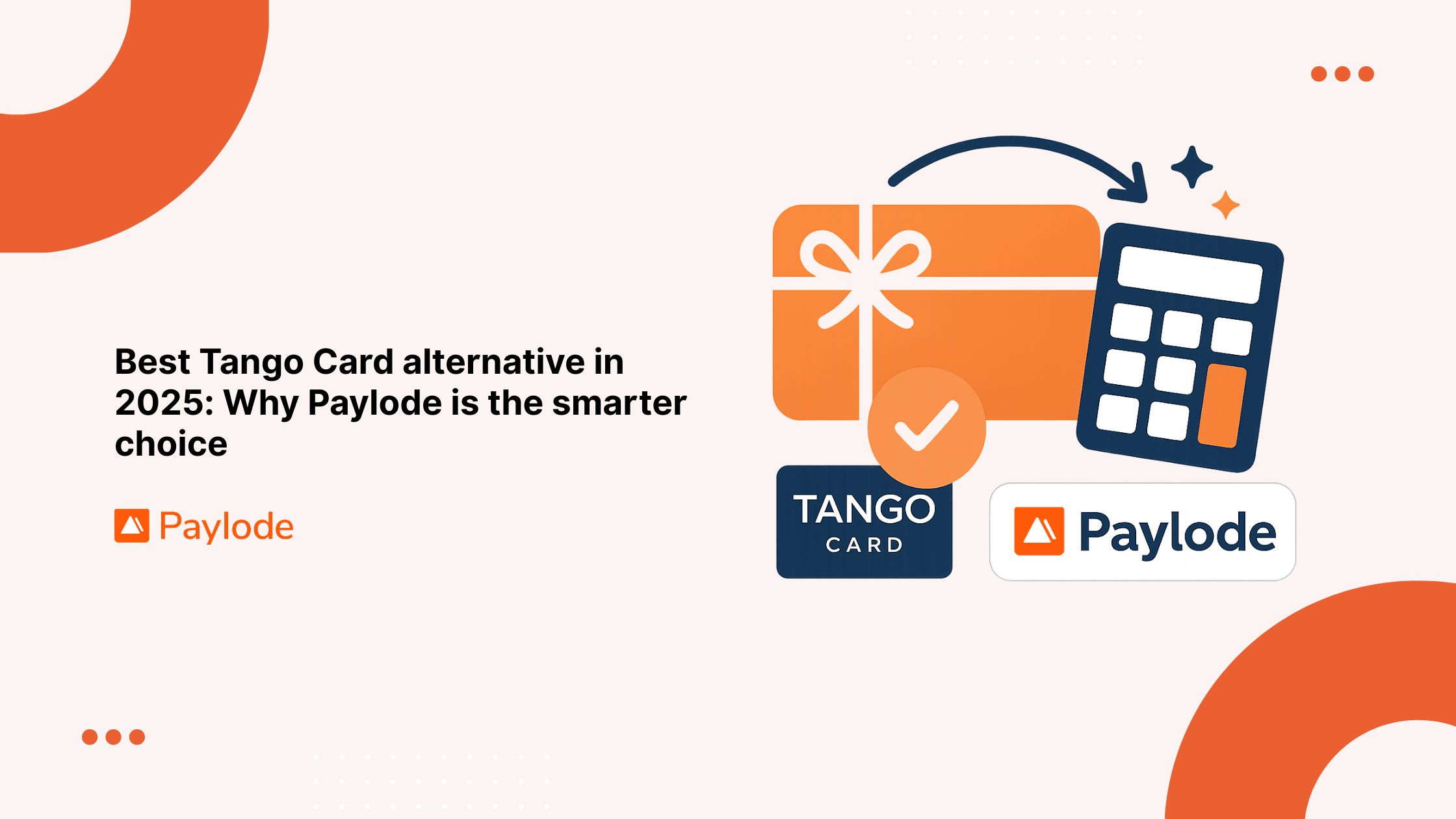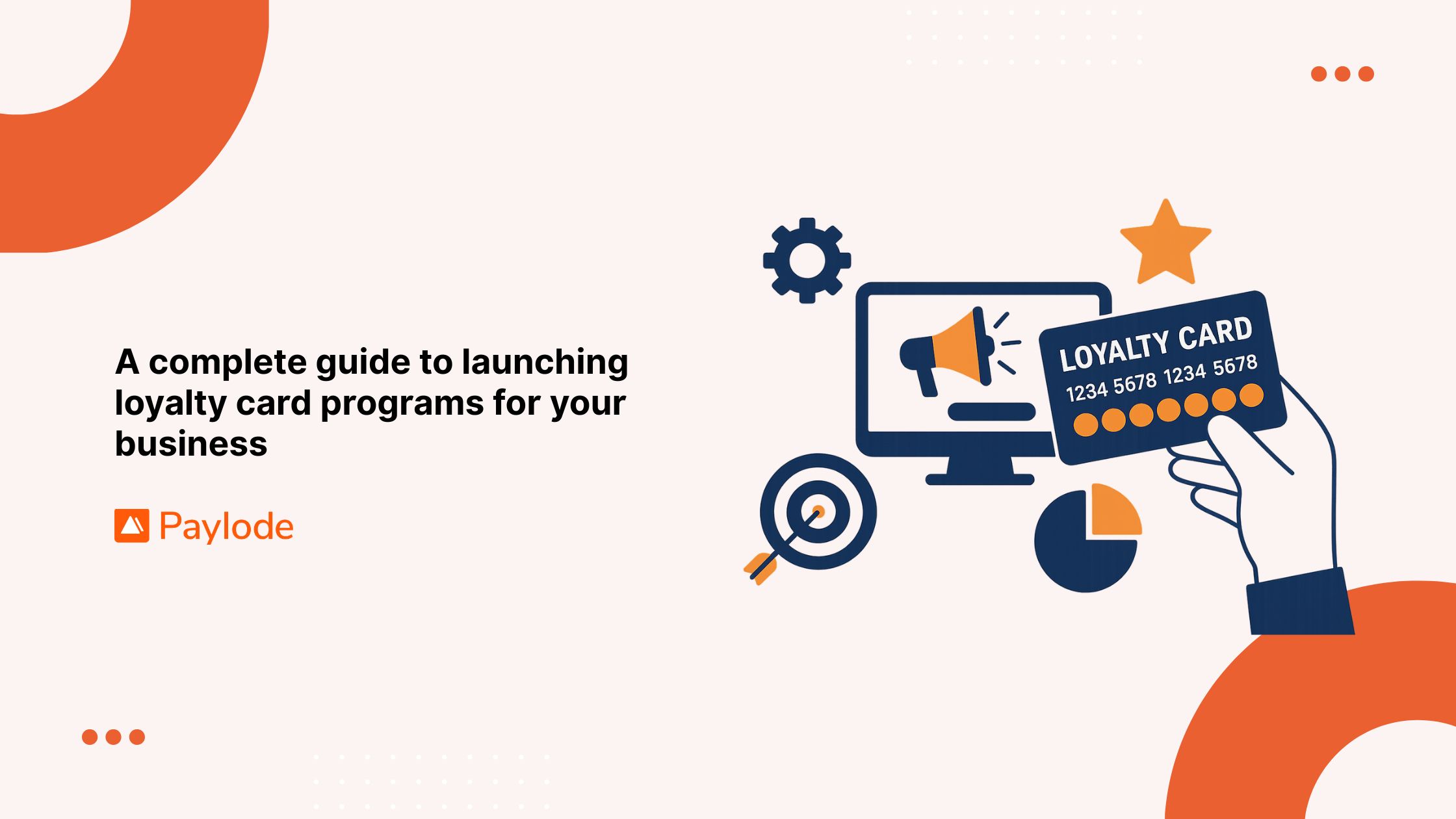In today's competitive market, businesses are increasingly recognizing the importance of customer engagement. Engaged customers are more likely to remain loyal, make repeat purchases, and advocate for the brand. One effective way to enhance customer engagement is through incentives. This article covers the basics of what incentives are, why they are important for customer engagement, and the different types of incentives businesses can offer.
Key Takeaways
- Incentives are crucial for enhancing customer engagement and loyalty.
- Tailored incentives that align with customer interests are more effective.
- Both financial and non-financial incentives should be utilized.
Understanding incentives for customer engagement
Incentives are rewards or benefits offered to customers to encourage specific behaviors, such as making a purchase, signing up for a newsletter, or referring a friend. These rewards can take various forms, including discounts, loyalty points, free gifts, and exclusive access to promotions. The primary goal of offering incentives is to foster strong relationships with customers, driving both short-term actions and long-term loyalty.
Why incentives are important for customer engagement
Incentives play a crucial role in enhancing customer experiences by providing tangible rewards for desired behaviors. Here are some reasons why incentives are vital for customer engagement:
Increased Customer Loyalty: Incentives encourage repeat purchases and foster a sense of loyalty among customers. Engaged customers are more likely to stick with a brand that rewards them for their loyalty.
Enhanced Customer Experience: Offering incentives can make the customer experience more enjoyable and rewarding. This positive experience can lead to increased customer satisfaction and advocacy.
Data Collection: Incentives can be used to gather valuable customer data. For example, offering a discount for signing up for a newsletter can help businesses collect email addresses and other contact information.
Competitive Advantage: In a crowded market, offering unique and attractive incentives can set a brand apart from its competitors. This can help attract new customers and retain existing ones.
Types of incentives businesses can offer
Businesses can offer a variety of incentives to engage customers. Here are some common types of incentives:
Discounts and Rebates: Offering discounts on products or services is a straightforward way to incentivize purchases. Rebates allow customers to receive a portion of their money back after making a purchase, which can be particularly appealing for high-ticket items.
Loyalty Points: Loyalty programs reward customers with points for each purchase, which can be redeemed for discounts, free products, or other rewards. This encourages repeat purchases and long-term loyalty.
Free Gifts: Offering free gifts with purchase is a popular way to incentivize customers. This can be particularly effective for promoting new products or clearing out inventory.
Exclusive Access: Providing customers with exclusive access to promotions, events, or products can create a sense of exclusivity and urgency. This can drive engagement and sales.
Referral Programs: Encouraging customers to refer friends and family in exchange for rewards can help businesses acquire new customers while rewarding existing ones.
Experiential Rewards: Offering unique experiences, such as VIP events or behind-the-scenes tours, can create memorable moments for customers and strengthen their connection to the brand.
Creating effective incentive programs
To create effective incentive programs, businesses should focus on the following strategies:
Customization and Relevance: Tailored incentives that align with customer interests and behaviors are more effective. Businesses should leverage customer data to create personalized offers that resonate with individual customers.
Continuous Innovation: Incentive programs should be continuously updated and improved based on customer feedback and data analytics. This ensures that the incentives remain relevant and appealing to customers.
Balancing Financial and Non-Financial Incentives: While financial incentives, such as discounts and rebates, are important, non-financial incentives, such as exclusive access and experiential rewards, can also be highly effective. A balanced approach can maximize engagement and loyalty.
Clear Communication: Businesses should clearly communicate the benefits of their incentive programs to customers. This includes explaining how the program works, what rewards are available, and how customers can earn and redeem them.
Measuring Effectiveness: To evaluate the success of incentive programs, businesses should track key metrics, such as Lifetime Customer Value (LCV), Monthly Recurring Revenue (MRR), and Customer Satisfaction (CSAT). This data can help businesses understand the impact of their incentives and make informed decisions about future strategies.
FAQs about incentives for engaged customers
What types of incentives can businesses offer to engage customers?Businesses can offer discounts, rebates, loyalty points, free gifts, and exclusive access to promotions.
How can businesses measure the effectiveness of their incentive programs?Metrics such as Lifetime Customer Value (LCV), Monthly Recurring Revenue (MRR), and Customer Satisfaction (CSAT) can be used to evaluate success.
What role does customer data play in creating effective incentives?Customer data helps businesses create personalized offers that meet individual needs, improving engagement outcomes.
Why is customer retention more cost-effective than acquisition?Retaining existing customers reduces marketing costs and increases the likelihood of repeat purchases.
Related articles
- Customer Loyalty: It Ain't Dead + 5 Unique Strategies
- What is Customer Engagement and Why Should I Care?
- How Perks Increase Customer Engagement
- Definition and Importance of Customer Engagement: Key Metrics to Measure Engagement
- Increase Conversion Rates with Incentives
Conclusion
Incentives are a powerful tool for engaging customers and fostering loyalty. By understanding the various types of incentives and how to implement them effectively, businesses can create meaningful relationships with their customers, ultimately leading to increased sales and brand advocacy. Continuous innovation and adaptation based on customer feedback will ensure the long-term success of incentive programs.



